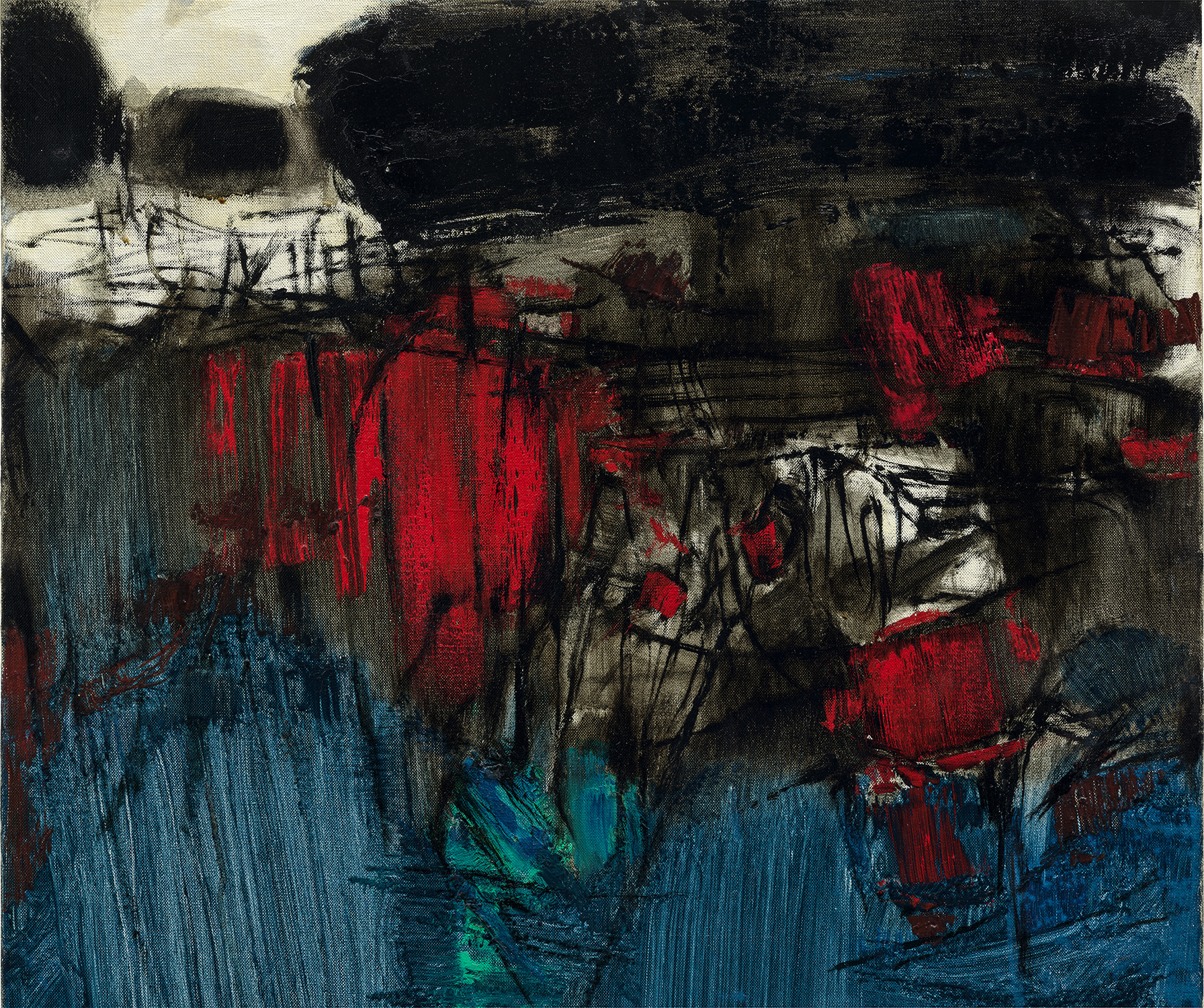









Property from an Important Asian Collection
14
Chu Teh-Chun
No. 164
signed 'CHU TEH-CHUN [in Chinese and Pinyin]' lower right; further signed, titled and dated 'CHU TEH-CHUN [in Chinese and Pinyin] 1963 "No. 164"' on the reverse
oil on canvas
119.8 x 60 cm. (47 1/8 x 23 5/8 in.)
Painted in 1963, this work is accompanied by a certificate of authenticity signed by the artist's wife, Chu Ching-Chao. This work will be included in the artist's forthcoming catalogue raisonné on the work of Chu Teh-Chun, being prepared by Fondation Chu Teh-Chun. (Information provided by Fondation Chu Teh-Chun and Mrs Chu Ching Chao.)